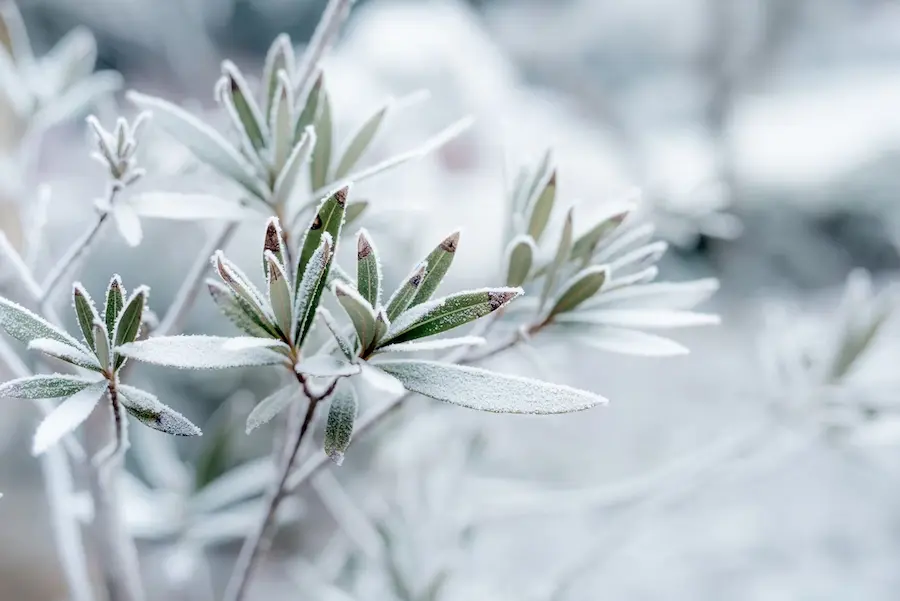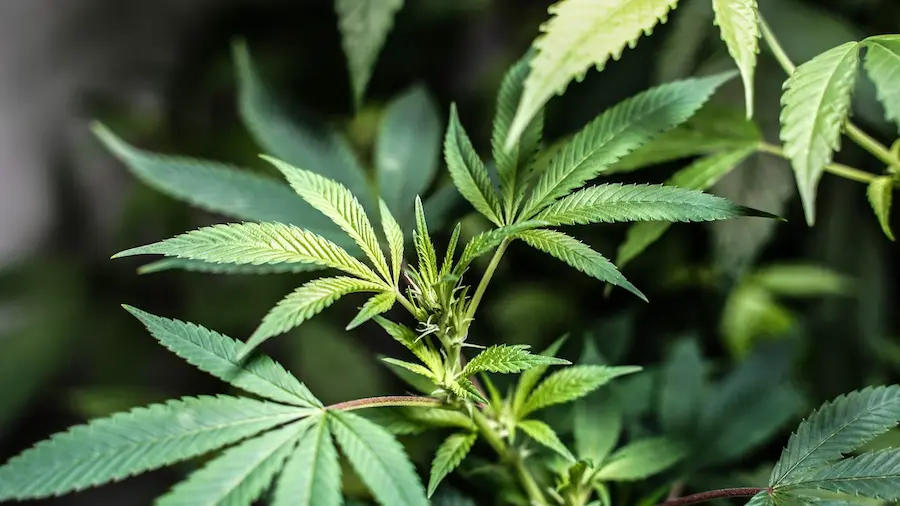9 Tips on How to Grow Marijuana in Cold Countries
Growing weed outside in the winter is possible, but it’s a challenging and involved process. As an annual plant with a spring-and-summer development season, marijuana requires delicate care to thrive in frigid environments.
Can you take your weed seeds outdoors in a freezing country? Yes, as long as you time it right and make suitable accommodations for crops. Learn how to make your cold-weather garden a success and discover alternatives to cultivating outside during the snowy season.
Climate & Cannabis
Can you grow weed in the winter? Yes, if you live in a region with mild weather. Besides light, water, and nutrients, the climate is the main point of concern for cultivating cannabis.
Marijuana’s environmental preferences depend on the strain and life stage, but warmth is always a bonus. As a rule, crops fare best at 70–80°F and 40–60% relative humidity. Canadian winters are rarely above 30°F, though, and may fall to 5°F. Humidity tends to be too low for pot.
Does this mean you must limit cultivation to those few warm months or give it up altogether?
Not quite. Weed is a sturdy crop; the cold won’t kill it (or ruin the harvest potential) if you take proper precautions. Below are nine tips on starting a grow op in a harsh region.
Try Indoor Cultivation
Marijuana will usually prefer your home microclimate to a snowy outdoor field. If possible, cultivate inside during the fall and winter.
Indoor cultivators’ HVAC systems and lamps mimic their strain’s ideal climate. This setup is generally independent of the season, but not completely. What should you remember while learning how to grow weed indoors in the winter?
The differences between summer and winter indoor gardens mainly relate to temperature and humidity.
Temperatures fluctuate more when it’s freezing outdoors, so use heating devices to maintain stability. Nighttime temperatures should be 10°F lower than daytime ones.
The air also gets drier during the home season, so use a humidifier to keep crops comfy.
Consider a Shed Grow
What if you lack a spare room for marijuana but have a grow shed? Turn this space into a controlled cultivation station.
Your home already has heating, ventilating, and humidifying systems, but the shed space starts from scratch. To keep things budget-friendly, stick to the basics: a heater, humidifier, and lamps. Don’t forget to insulate the walls, either.
Buy HPS lamps for grow sheds. They emit heat along with light and may warm up the space. Elevate the containers above ground, especially if you have concrete flooring.
Choose the Right Strain
Not all strains are equally sensitive to weather fluctuations. Tropical sativa is very fussy, while mountain-raised indica resists harsh conditions with relative ease. Cultivar choice can make or break your cold-season gardening journey.
Pick strains with predominantly indica genes and consider the plant structure. Specimens with open and airy flowers are optimal, as they release moisture at higher rates and aren’t so vulnerable to bud rot.
You’re best off growing autoflowers outdoors in winter. These strains bloom faster than regular photoperiods. They can finish flowering before the hails begin and endanger your buds.
Know Your Calendar

If growing weed indoors during winter isn’t an option, then timing is everything. Even North Canada can accommodate marijuana before the biting chill sets in.
Northern summertimes are usually 8–10 weeks long, and that’s when your crops should be outside. Start seeds indoors before the warmer season and move them outdoors when the temps increase. Gather buds before unfavourable weather begins.
Even now, the conditions might not be conducive to large, sticky yields. The following five tips enhance your harvest potential.
Watch the Humidity
Warm air can hold more water, resulting in high relative humidity. It becomes ‘dry’ as temps drop, and cannabis respiration and development rates suffer.
You can manually increase humidity by:
- Misting the air around your crops
- Moistening soil surfaces daily
- Draping damp cloth around the containers
- Employing a large-capacity humidifier
Note that lower temperatures make crops more susceptible to mould. Use these solutions only when your hygrometer reports dangerously low humidity.
Heat the Root Zone
Root health is paramount for yield quantity and quality. Weather extremes can stunt the roots, halting growth and killing the crop.
The soil should be at least 55°F for root expansion. Here’s how you can ensure that:
- Sow in an unshaded spot, so the substrate retains daytime warmth.
- If keeping crops in containers, place them above ground.
- Shower the soil with lukewarm water for some extra heat.
Heat mats are another clever solution if growing weed outside in the winter. They warm the top few inches of your medium and maintain root health.
Don’t Overfeed Crops
When the air is dry, the roots compensate by absorbing more water from the soil. This survival mechanism is problematic if the substrate is over-fertilized, though. Excessive mineral uptake can lead to a nutrient burn.
Supply ¾ the suggested dose of minerals with each feeding to bypass this issue.
Another nutrient-related issue is a phosphorus lockout. When the substrate is under 50°F, phosphorus becomes unavailable for absorption. Besides warming the soil, consider foliar feeding with this mineral.
Learn the Warning Signs
Weed in cold temperatures suffers stress. Some discomfort won’t ruin the harvest, but these symptoms necessitate further action on your part:
- Curled leaf edges
- Yellowing blades
- Slow and stunted growth
- Browning stalks
- Dying leaves
These symptoms mean your garden is in trouble. It may be time to introduce an additional heating and humidifying system or employ our final tip.
Try Force Flowering

Cold climate cultivators may use force flowering to ensure their plants ripen while it’s still reasonably balmy.
Vegging and flowering are the two main cannabis growing stages. You can reduce the former, but the latter is usually non-negotiable in duration. So, you trigger it early to make the most of warmer weather and shorten the seed-to-harvest period.
To do this, cover crops with light-proof materials for 12 hours daily. They bloom earlier, ripen over the summer, and you harvest before the brutal fall conditions.
Who Cares About the Cold?
In a nutshell, if you plan to sow in November, do so indoors. Don’t give up if you lack space for indoor growing and live in a frosty country, though. Apply the above tips, and you will realize your cultivation ambitions.
You now know how to grow a weed plant in winter or in a cold country. Geography and the calendar are no longer stopping you from savouring homegrown buds. Why not buy seeds and test our advice?
Author: Jennifer Gallagher
Jennifer Gallagher, an experienced cannabis grower at SeedSupreme Seedbank. During a 7-year career in the marijuana growing business, Jennifer has gained a high competence in this field. As far as weed is concerned, she knows it all inside out. Jennifer is an expert in pot-growing, as well as cannabis types and their effects. She’s also familiar with all legislation nuances.







Leave a Reply
You must be logged in to post a comment.